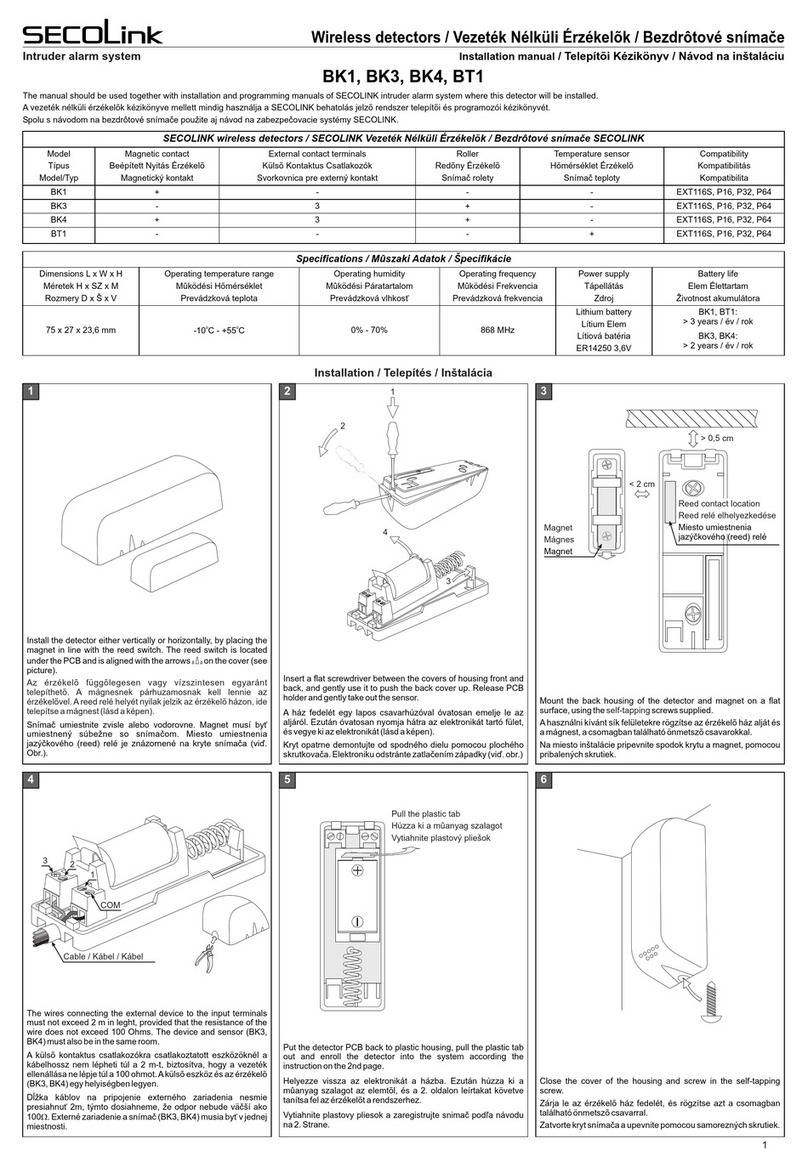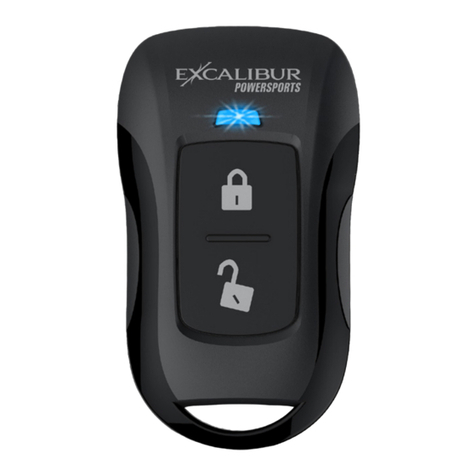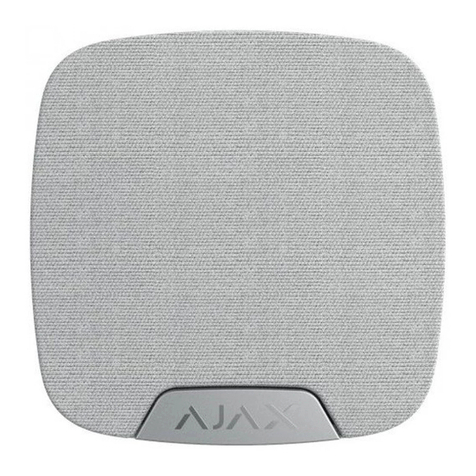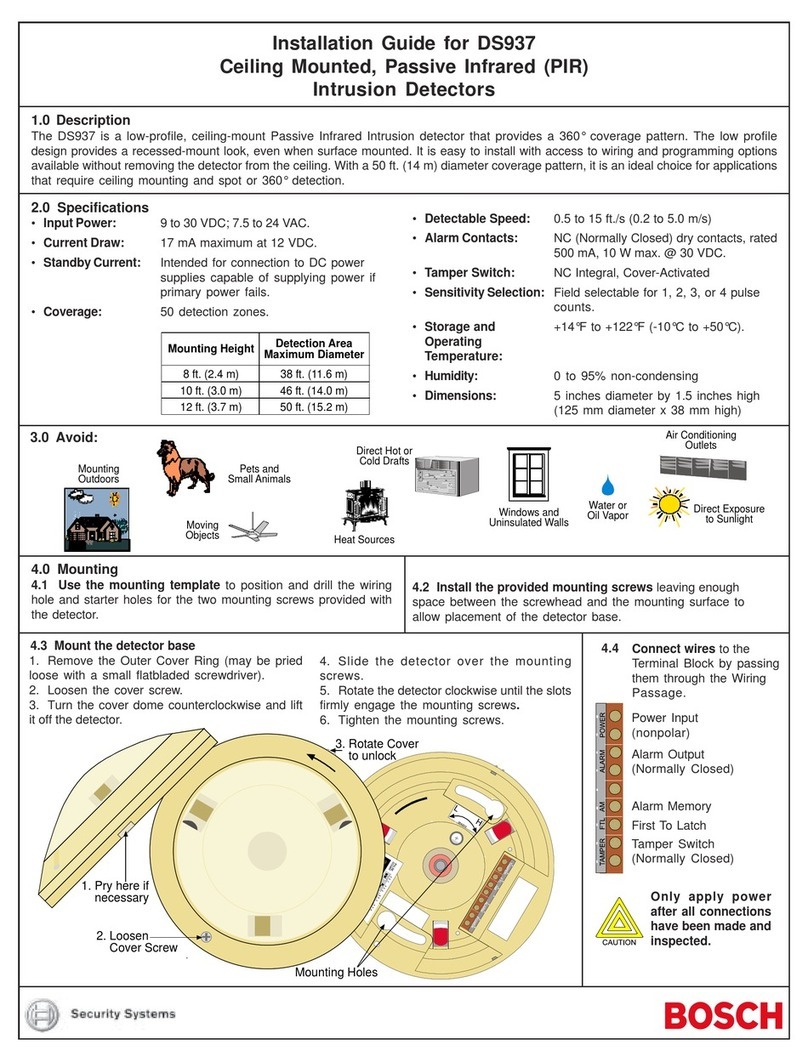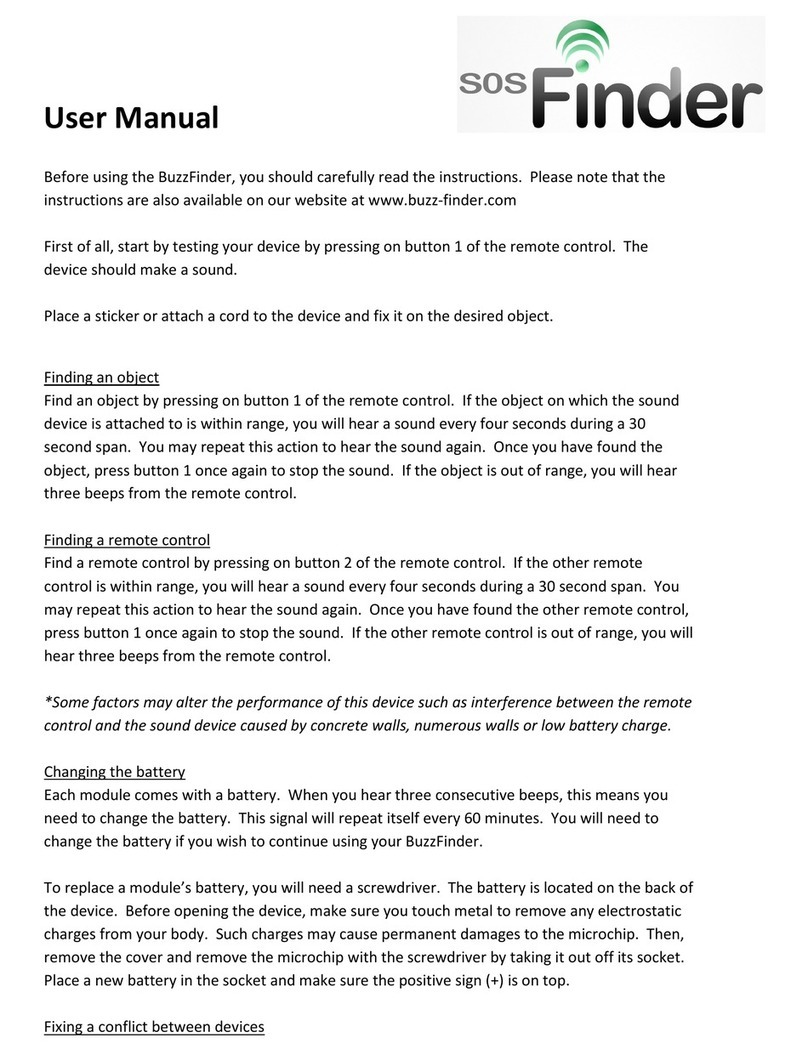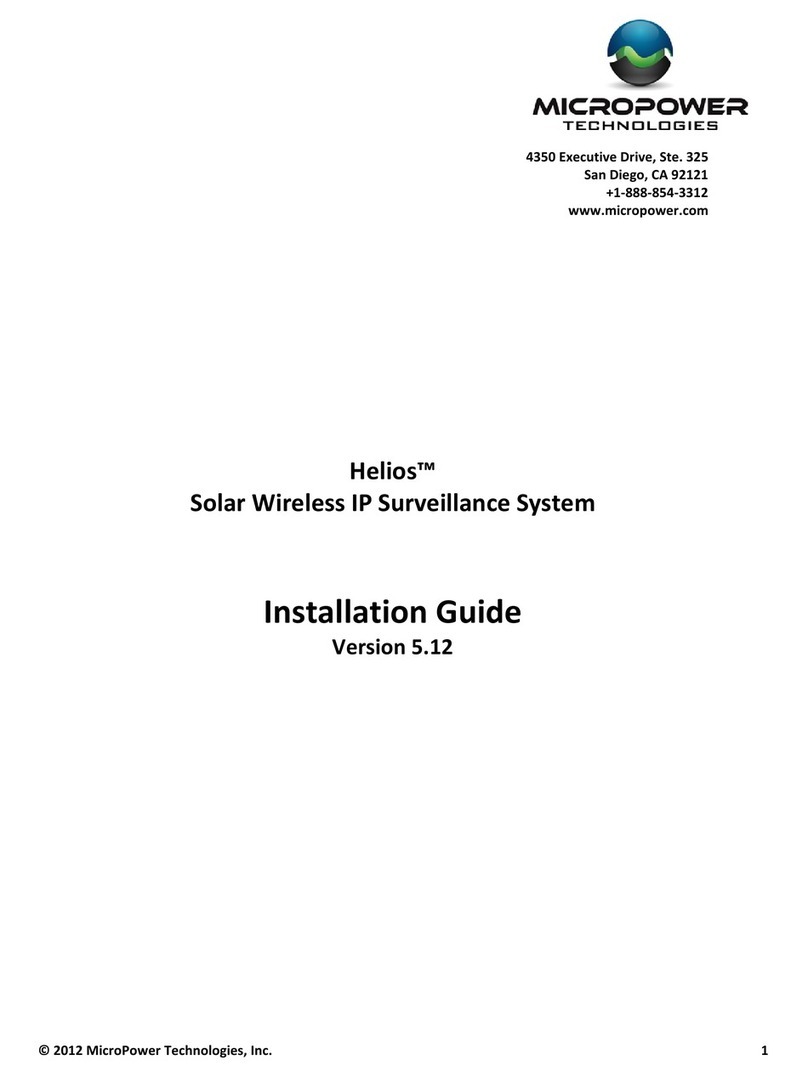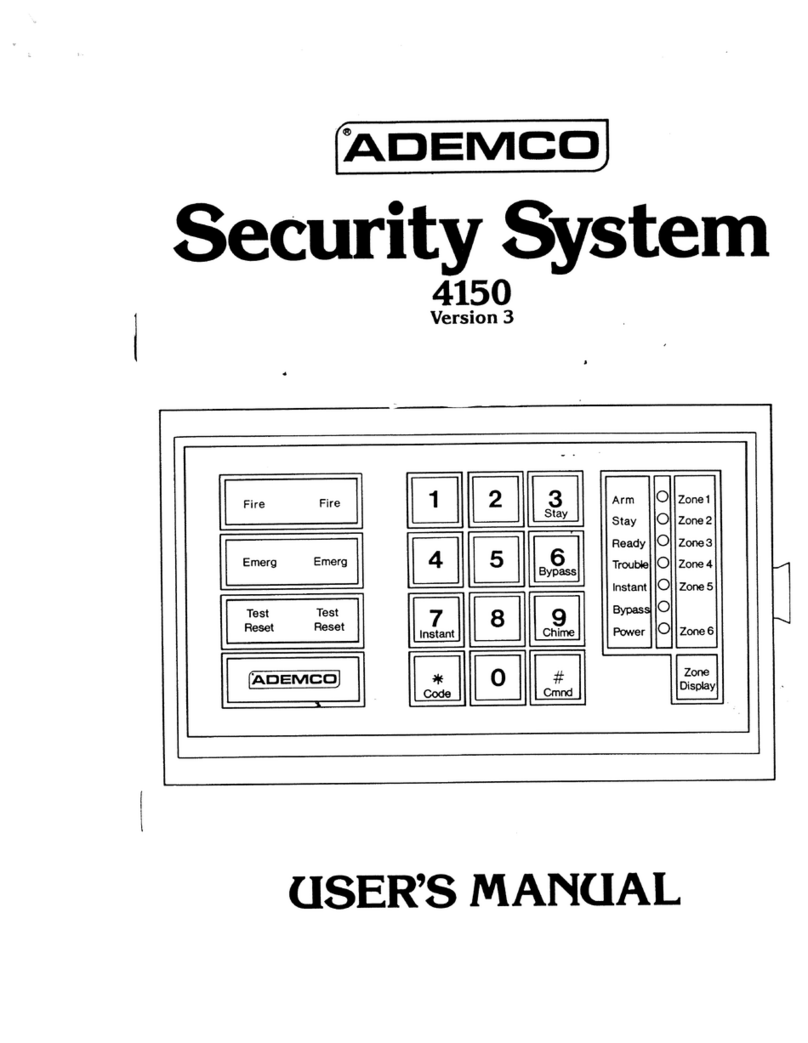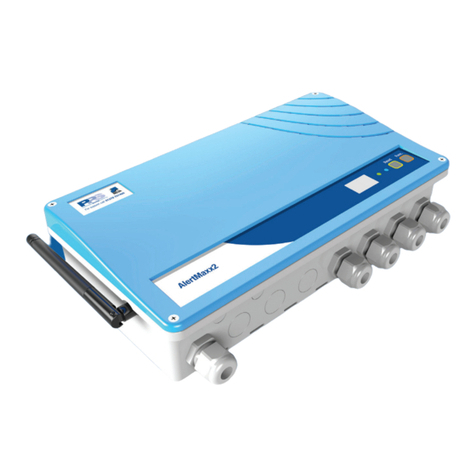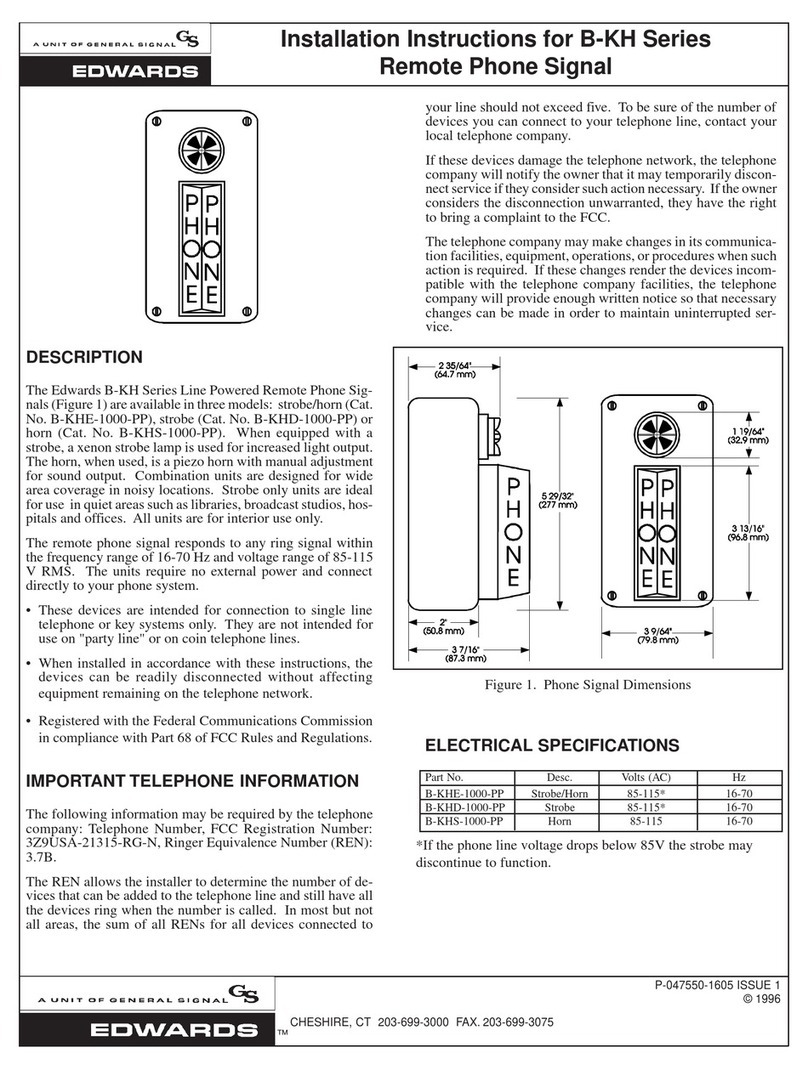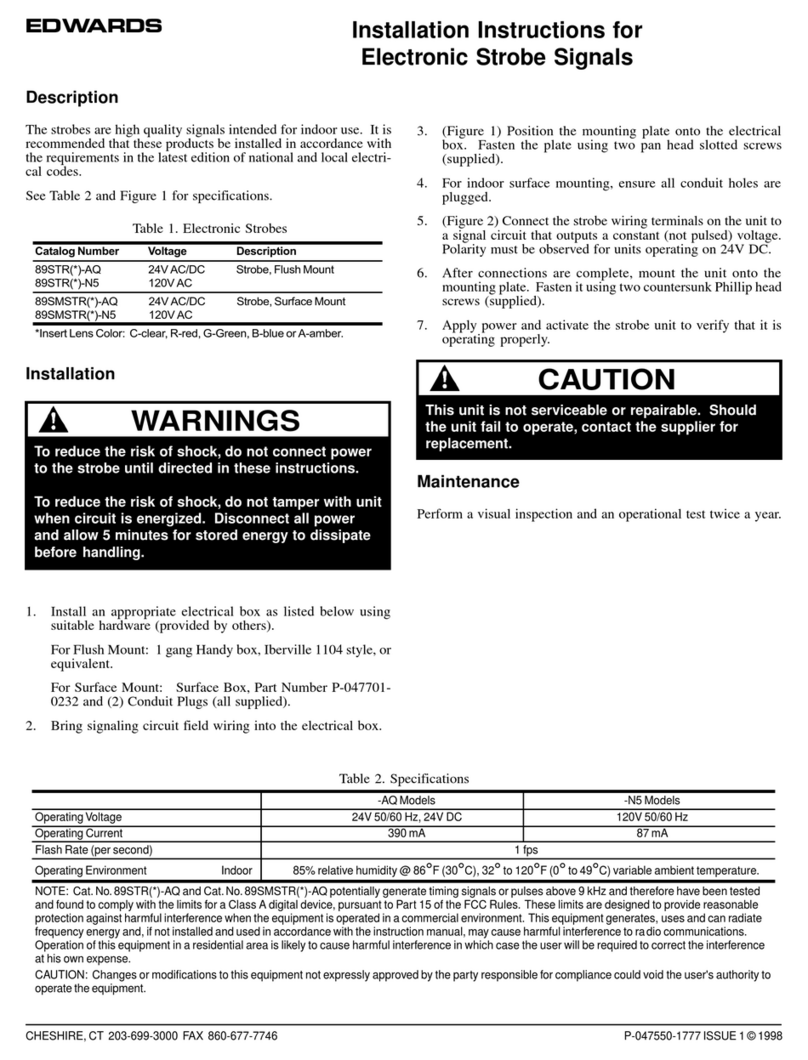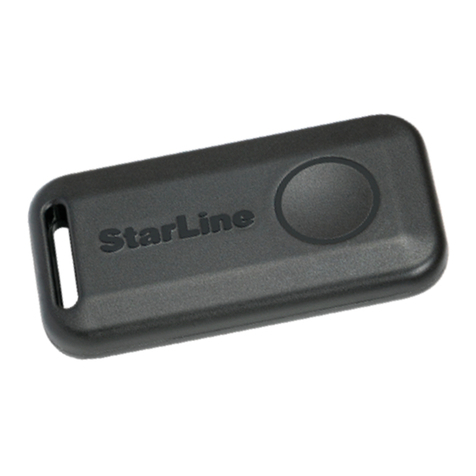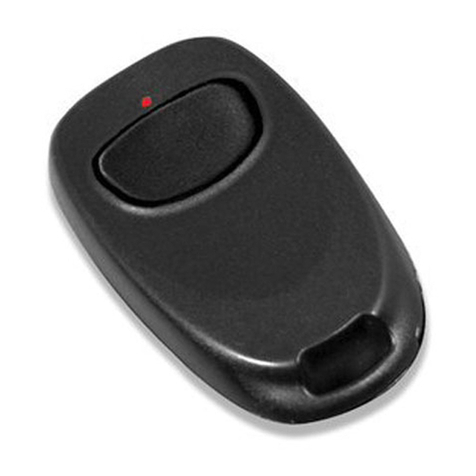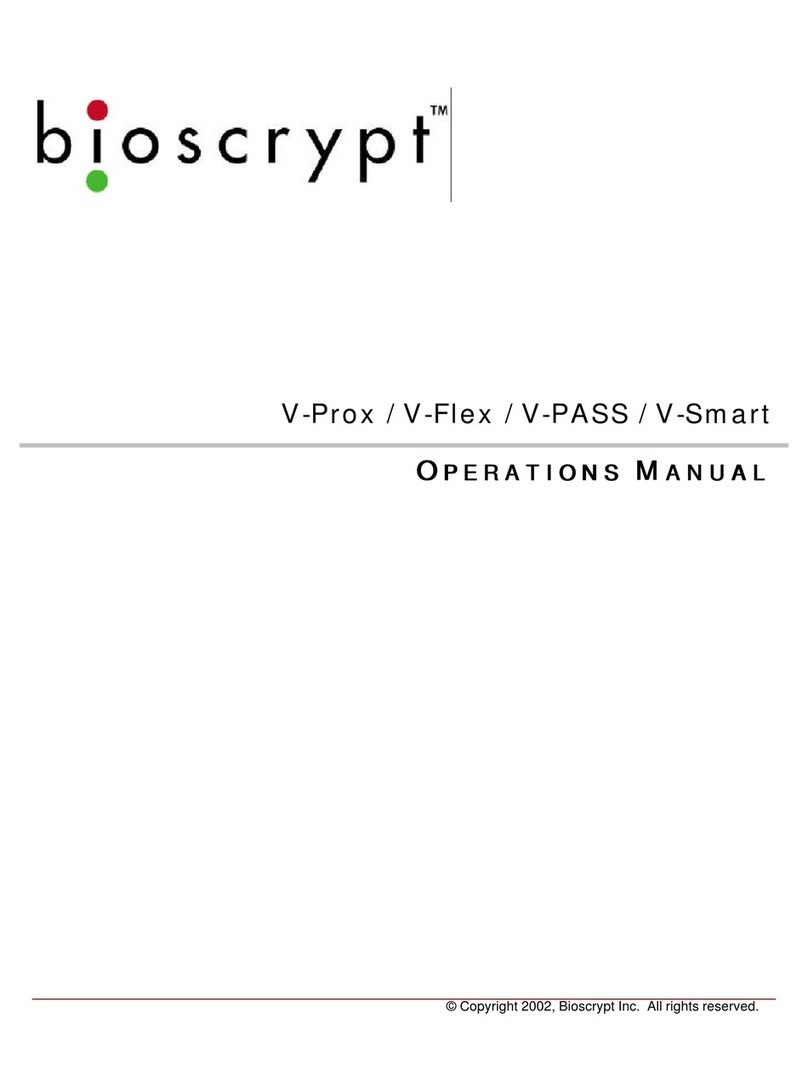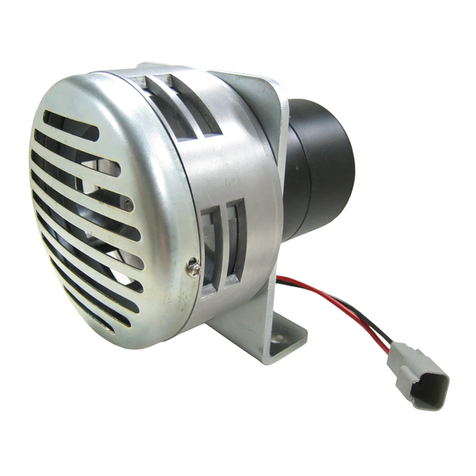
© 2010 UTC Fire & Security. All rights reserved. 1 / 4 P/N 3100562 • REV 2.0 • ISS 19AUG10
Genesis Chime-Strobe Installation Sheet
Description
The Genesis Chime-Strobe is a fire alarm notification
appliance designed for indoor ceilings and walls. See Table 1
for a list of model numbers.
Table 1: Models
Description Numbers
Chime-strobe, 15 to 110 multi-
cd, white ADTG1-CVM
EG1-CVM
G1-CVM
MG1-CVM
XLSG1-CVM
ZG1-CVM
Chime-strobe, 15 to 110 multi-
cd, white, with FIRE marking ADTG1F-CVM
EG1F-CVM
G1F-CVM
MG1F-CVM
XLSG1F-CVM
ZG1F-CVM
Chime-strobe, 15 to 110 multi-
cd, red ADTG1R-CVM
EG1R-CVM
G1R-CVM
MG1R-CVM
XLSG1R-CVM
ZG1R-CVM
Chime-strobe, 15 to 110 multi-
cd, red, with FIRE marking ADTG1RF-CVM
EG1RF-CVM
G1RF-CVM
MG1RF-CVM
XLSG1RF-CVM
ZG1RF-CVM
Trim plate, white ADTG1T
EG1T
G1T
MG1T
XLSG1T
ZG1T
Trim plate, red ADTG1RT
EG1RT
G1RT
MG1RT
XLSG1RT
ZG1RT
There are field-configurable options for selecting dB output,
chime signal, and constant noncoded voltage or single-stroke
coded voltage operation. See Figure 1.
Note: A Genesis Signal Master is required when chimes are
configured for coded operation.
The strobe includes a field-configurable switch for selecting the
desired candela output. The candela output setting is locked in
place and remains visible after final installation.
This strobe features an enhanced synchronization circuit to
comply with the latest requirements of UL 1971 Signaling
Devices for the Hearing Impaired. Synchronized operation
requires a separately installed synchronization control module.
See Table 2 for a list of compatible synchronization modules.
Table 2: Compatible synchronization module models [1]
Description Number
Genesis Signal Master
Snap-on Mount EG1M
ADTG1M MG1M
XLSG1M G1M
ZG1M
Genesis Signal Master -
Remote Mount EG1M-RM MG1M-RM G1M-RM
Auto-Sync Output Module SIGA-CC1S SIGA-MCC1S
Dual Input Signal Module SIGA-CC2A SIGA-MCC2 A
Auxiliary Power Supply APS6A APS10A
Power Supply BPS6A BPS10A
[1] Synchronization module requirements are determined by the
application.
Installation
Install this device in accordance with applicable requirements
in the latest editions of the NFPA codes and standards,and in
accordance with the local authorities having jurisdiction.
WARNING: Electrocution hazard. To avoid personal injury or
death from electrocution, remove all sources of power and
allow stored energy to discharge before installing or removing
equipment.
Caution: Electrical supervision requires the wire run to be
broken at each terminal. Do not loop the signaling circuit field
wires around the terminals.
To install the chime-strobe:
1. Remove the cover by depressing both tabs on the top of
the unit with a small screwdriver and twisting slightly.
